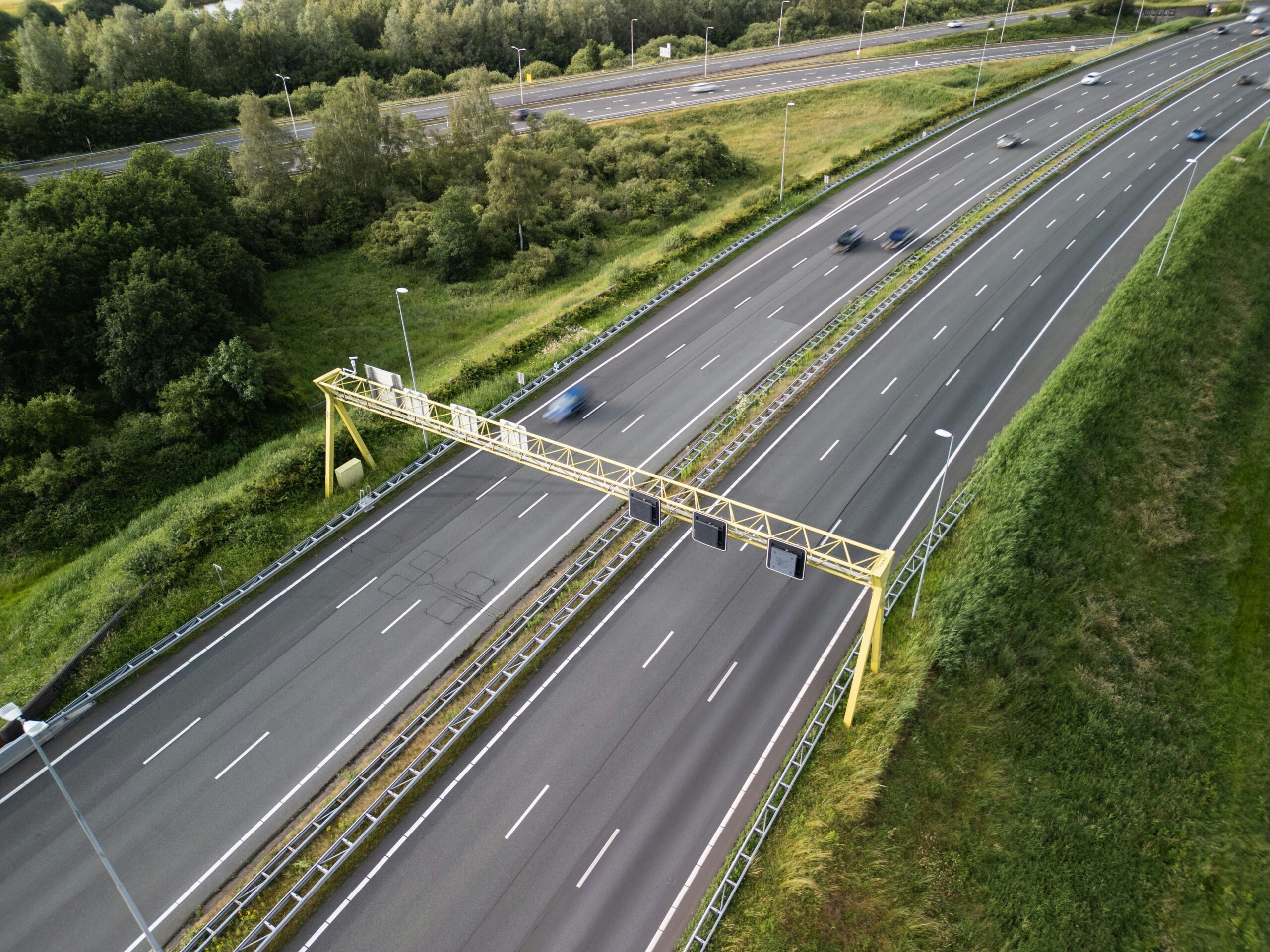Cloud repatriation revisited

It seems like every couple of years, we hear about companies making the move from the cloud back on prem, or at least to co-location facilities where they are content to manage their own hardware and reduce their cloud bills.
There was a lot of talk about this in April 2023, which prompted me to explore the subject. My conclusion at the time: “For most companies, the cloud remains an essential part of their technology strategy, and few are going back to running their own data centers anytime soon. But for certain workloads, it might make sense to move them to managed private clouds,” I wrote.
Now, the repatriation talk is back, this time with an AI twist. A recent column by my friend David Linthicum in InfoWorld, called ‘Cloud repatriation hits its stride,’ in particular, caught my eye. Linthicum has spent years working with large companies on cloud projects, first at Deloitte and now as an independent consultant.
When someone with his experience points out a shift, it’s worth paying attention. As he put it, “2025 feels different. Repatriation—once a quiet undercurrent—has surged into the mainstream. The driving force behind this movement? Artificial intelligence.” But just how widespread is this shift?
Back to the data center
We’re definitely seeing some high profile examples of this type of transition happening. 37signals CTO David Heinemeier Hansson has been a vocal supporter of cloud repatriation in recent years. Just this week, he published a LinkedIn post touting his company’s move away from Amazon S3, shifting petabytes of storage back in-house using Pure Storage gear. The company expects to cut its annual storage costs from $1.5 million to $200,000, a hefty savings if the numbers hold up.
“The savings will rack up pretty quick from there, once we've amortized the $1.5m outlay on the combined 18 petabytes of capacity we've bought from Pure across our two data centers. After that, the yearly cost will be below $200,000. Much easier to swallow than $1.5m/year,” he wrote.

He’s not alone. I recently wrote about Akamai moving almost all of its substantial infrastructure out of the cloud, saving $100 million a year along the way. CIO Kate Prouty challenged her engineering team to question every cloud workload. “And there were places that it became very obvious where we had workloads that hadn't been evaluated or looked at since they were deployed,” she said. In many cases, they were moved back. But two examples, no matter how strong, don’t necessarily make a trend.
Trend or no trend
If the shift away from the cloud is truly substantial, you would think it would start to be reflected in the revenue numbers. Yet there’s little evidence of a sharp drop in business. In fact, for the most recent quarterly earnings cycle, cloud infrastructure revenue totaled $94 billion for the quarter, up 23% year-over-year, per data from Synergy Research. That doesn’t feel like an industry going in the wrong direction.
John Dinsdale, chief analyst and research director at Synergy, says he doesn’t see much evidence to suggest a shift away from the cloud. “There will always be examples of cases where some form of repatriation makes sense, either as companies rebalance after pushing too much onto the public cloud, or just learning from experience and improving the mix of cloud versus on-prem workloads. But this is like a trickle in one direction versus a torrent in the other,” Dinsdale told FastForward.

As for AI workloads, he sees cost being an impediment for a lot of companies. “Will AI shift that balance? In some cases, yes, but the hardware cost involved is a big step up from traditional servers and that represents an additional barrier to those considering running their own infrastructure,” he said.
Synergy also reported growth of 140-160% in GenAI-specific services last quarter in the cloud. So far, it seems that AI is driving revenue growth for the cloud providers, not diminishing it.
The on-prem argument
It’s worth noting, however, that hardware vendors have been pushing AI PCs, specifically designed to run large language models locally, but sales of those devices have been slow to take off so far. Companies like Dell, which clearly would benefit from a shift on-premises, have stated that it’s cheaper and more efficient to run AI workloads locally, but the jury is still out on the cost question. Forrester, for instance, says it depends on the task.
“For many organizations, it will be necessary to leverage different providers for each of the workloads they are tackling. For example, when it comes to data management, an organization may choose a vendor with a strong on-premises solution, but for inferencing, they may select a large cloud services provider,” Forrester’s Mike Gualtieri wrote in a post last year.
"For many organizations, it will be necessary to leverage different providers for each of the workloads they are tackling."
Although companies like Akamai and 37signals are fully committed to moving out of the cloud, Linthicum ultimately sees most organizations taking a more balanced approach. “Repatriation doesn’t signal the end of cloud, but rather the evolution toward a more pragmatic, hybrid model,” he wrote. With hybrid, you can put your workload in the place that makes most sense for your organization, based on factors like cost, security and governance.
Of course, high-profile cloud repatriation examples make for good headlines, but overall the cloud continues to play a central role for most organizations, as ongoing cloud revenue growth attests.
~Ron





